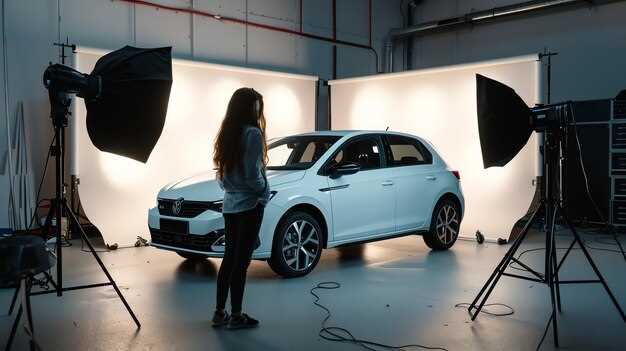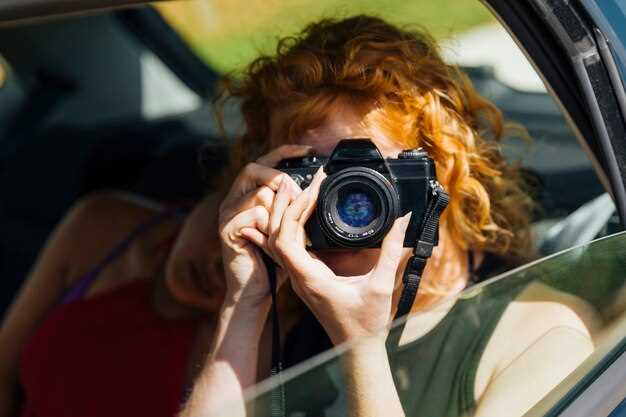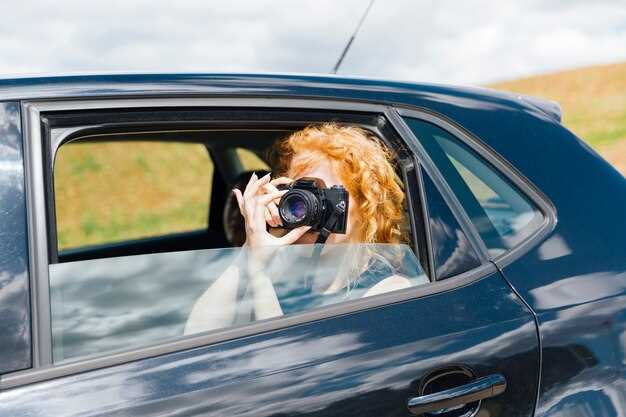
In the world of photography, capturing the essence of a car requires not just technical skill but also a deep appreciation for automotive design. Whether you’re a seasoned pro or an enthusiastic amateur, understanding the subtleties of car photography can transform your images from ordinary to stunning. The right techniques can highlight the curves, textures, and details that make each vehicle unique.
Car photography is more than merely documenting machines; it’s about evoking emotion and showcasing the automotive passion that drives enthusiasts. Balancing light, perspective, and composition is crucial in creating impactful images that resonate with viewers. This article will explore essential car photography techniques that will elevate your skills and help you achieve breathtaking results.
From mastering the use of natural light to experimenting with various angles and settings, each aspect plays a vital role in the outcome of your shots. As you delve into these techniques, you’ll not only improve your photography skills but also gain a deeper understanding of what makes an image truly captivating. Prepare to immerse yourself in the art of car photography and discover how the right approach can bring your automotive images to life.
Choosing the Right Lighting Conditions for Car Shoots

Lighting plays a crucial role in car photography, significantly affecting the mood, texture, and overall quality of your images. Understanding how to utilize different lighting conditions can elevate your photography skills and yield stunning results. Here are some essential tips to consider when selecting the right lighting for your car shoots.
Natural light is often the best choice for car photography. The golden hour, which occurs shortly after sunrise or before sunset, provides soft, warm light that enhances the vehicle’s curves and details. During this time, shadows are less harsh, creating a more flattering appearance. Avoid shooting during the midday sun, as this can result in stark contrasts and unappealing reflections on the car’s surface.
If you’re shooting in overcast conditions, embrace the diffused light that soft clouds provide. This even lighting minimizes harsh shadows and highlights, allowing you to capture the vehicle’s details without glare. Adjust your camera settings to maintain optimal exposure, as the lack of direct sunlight can sometimes lead to underexposed images.
For those who want to experiment with artificial lighting, consider using flash or LED lights. When using flash, employ bounce techniques to soften the light and avoid creating hard, unflattering highlights. Position the lights at angles that enhance the car’s lines and form, ensuring that you highlight its best features.
Backlighting can also create dramatic effects, especially during sunset. Position the car so that the light source is behind it, allowing the car to become silhouetted. This technique can evoke a sense of mystery and highlight the shape of the vehicle, making it visually striking.
Always consider the reflective surfaces of the car when choosing your lighting. Be mindful of how the light interacts with the paint, windows, and wheels. Adjust your position or the vehicle’s angle to minimize unwanted reflections or harsh glares, ensuring that your shots remain clean and professional.
In summary, mastering lighting in car photography involves a combination of knowing when and how to shoot. By utilizing natural light, embracing overcast conditions, and experimenting with artificial sources, you can create compelling images that showcase the beauty of every vehicle.
Essential Camera Settings for Capturing Cars in Motion
Capturing cars in motion presents unique challenges, but with the right camera settings, you can create stunning images that convey speed and excitement. Here are essential tips to master your photography while shooting dynamic automotive scenes.
1. Shutter Speed: The most critical setting for motion photography is shutter speed. To freeze action, use a fast shutter speed, typically 1/500s or faster. For a sense of speed with some motion blur, experiment with slower speeds, around 1/125s to 1/250s. This technique, known as panning, helps maintain clarity on the car while blurring the background.
2. Aperture: A wide aperture (small f-stop number) like f/2.8 to f/4 allows for more light and helps achieve a shallow depth of field. This effect isolates your subject, making the car stand out against a blurred background. However, if you want more detail in both the car and the surroundings, consider using f/5.6 or f/8.
3. ISO Settings: To maintain image quality, keep your ISO as low as possible. Start at ISO 100 or 200 and increase it only if necessary due to low light conditions. Higher ISO values can introduce noise, which detracts from the overall quality of your photographs.
4. Focus Mode: Use continuous autofocus (AI Servo for Canon, AF-C for Nikon) to keep the car in sharp focus as it moves. Select a single point focus mode for more precision. This method ensures that your camera tracks the vehicle effectively while allowing for quick adjustments as the car speeds by.
5. Frame Rate: If your camera has a burst mode, utilize it to capture multiple frames per second. This feature increases your chances of getting the perfect shot, especially during fast action sequences. It’s a valuable pro tip for capturing fleeting moments on the racetrack or during street photography.
By mastering these essential camera settings, you can take your car photography to the next level, producing images that resonate with energy and motion. Understanding and applying these techniques will enhance your skills and elevate your captures to a professional standard.
Creative Composition Tips for Dynamic Car Photography

To elevate your car photography from ordinary to extraordinary, mastering composition is essential. Here are some pro tips that will help you capture stunning images.
1. Rule of Thirds: This classic composition technique divides your frame into a 3×3 grid. Position key elements of your car–such as the front grille or headlights–along these lines or intersections. This creates a more dynamic balance and draws the viewer’s eye into the photo.
2. Leading Lines: Use natural lines in your environment, such as roads, fences, or barriers, to guide the viewer’s eye towards the car. This technique adds depth and invites the audience to explore the image, making it more engaging.
3. Unusual Angles: Experiment with different angles to find unique perspectives. Shooting from a low angle can make the car appear more powerful and dramatic, while a bird’s-eye view can showcase the surrounding environment. Don’t be afraid to crouch, climb, or utilize a drone for creative shots.
4. Foreground Interest: Adding elements in the foreground can enhance the depth of your composition. Use objects like trees, rocks, or even other vehicles to frame your subject. This method creates layers and adds context to your image.
5. Symmetry and Patterns: Cars often exhibit natural symmetry. Position your subject centrally to emphasize this quality, or look for patterns in the environment that complement your vehicle. Symmetry can evoke feelings of harmony, making your photos visually appealing.
6. Negative Space: Don’t be afraid of leaving areas of the frame empty. Negative space can create a powerful impact, drawing attention to the car and emphasizing its design. This technique can also convey a sense of isolation or freedom, depending on your intended message.
7. Motion Blur: Capturing the car in motion can add a sense of dynamism to your photography. Use slower shutter speeds to create intentional blur of the background, allowing the car to remain sharp in focus. This conveys speed and energy, making your photo more exciting.
Incorporating these photography tips into your workflow will help you craft images that not only showcase the beauty of cars but also tell a compelling story. Remember, practice is key–experiment with different techniques to find your unique style.





